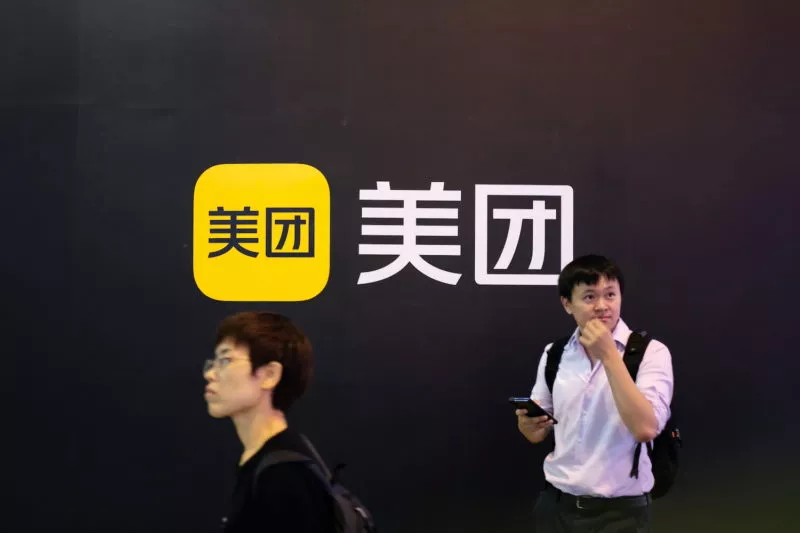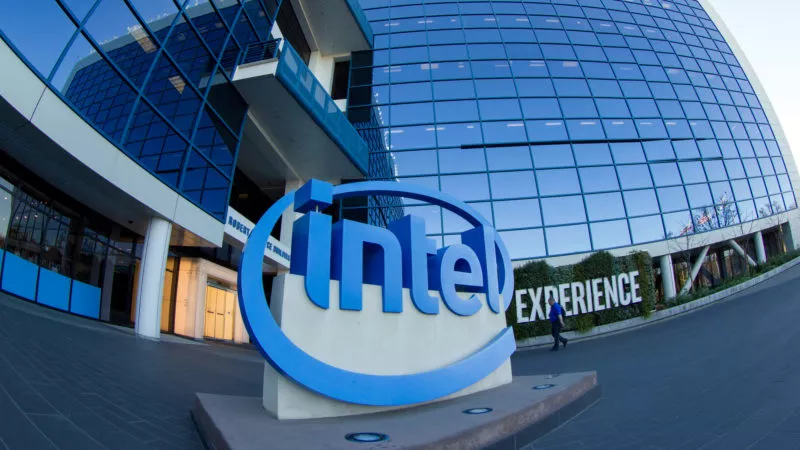IKEA has hiked its prices globally, by an average of 9%, after the Christmas season and blamed the increase in costs on the supply chain. Including raw materials, transport, and logistics as reasons for the increase, ultimately caused by the pandemic.
Soon after the group’s announcement, a staff member of IKEA in mainland China provided more clarity on 31 December as to how the retailer’s global price adjustment would affect the Chinese market “There had been some price adjustments made to our products by the parent company, but the price adjustment level in the Chinese mainland market is lower than the average increase of price worldwide.”
The Swedish furniture maker has prided itself on economical yet stylish household products and warned of price rises in November 2021 amid the company’s consecutive drop in profits and ongoing disruptions from Covid-19. It is understood that “price increases vary but remain in line with what it sees globally at IKEA, which is approximately 9% average increase across countries and product ranges”.
According to the Guardian, some of its flatpack furniture, which IKEA has made its name from, has seen a 50% jump in price in western countries. The sharp rise has sparked consumer anger overseas, despite understanding the reason for the increase. Naturally, the company has had to respond to Covid-19 and continue to make stable revenue, but these price increases needed to do so contradict their unique position in the market as the affordable brand.
On the other hand, it is reported that prices of most IKEA products sold in China have been kept stable, especially classic products and seasonal popular items. Though it still remains unclear what the exact range of price increase in China would be, as IKEA did not give any information as to why it could offer the Chinese consumers a better deal. The lower cost in China, however, might be one of the factors that makes it possible and if they can keep their price from rising highly then the impact within this market, in particular, is likely to be considerably less.
Although being a Swedish company, like many international brands, only the product designs are completed in Sweden with IKEA’s manufacturing lines located in countries with cheaper labour, such as those in Asia. China has been the largest sourcing country for IKEA since 2015, with 22% of its global purchases with about 300 local suppliers, showing the size within the market.
Those figures have been growing since 2015, with an increasing number of IKEA’s local stores, as the retailer expands its business in the Chinese market since its entry in 1998. As a result of the availability of these resources in China, IKEA can weather the impacts of the pandemic, by passing minimum increased costs onto its Chinese consumers allowing them to maintain their strong position within the country.
However, this decision could also be a cautionary step taken by IKEA to not annoy its consumers in China further, as the company is still remembered for its stance on banning Xinjiang cotton. These concerns of alleged forced labour in the region, which is an ongoing controversy that has seen many global brands boycotted in China.
This has impacted IKEA’s position and anything beyond this could be a final nail in the coffin. Although IKEA’s announcement did not seem to catch as much public attention as that seen at other international brands at the time, criticism on its Xinjiang stance resurged with the latest news emerging, indicating IKEA still hasn’t fully come out from the PR crisis.
On top of that, IKEA has been seeing shrinking consumer confidence in its products after having been fined more than 2.6 million RMB ($409,140) by Chinese authorities between 2017 and 2021, for anything from false marketing to substandard products.
There were several product recalls published on IKEA China’s website at the time of publishing, including HEROISK and TALRIKA plates, bowls, and mugs due to “risks of breakage and burns”, and the KULLEN 3-drawer chest that was sold in mainland China following the instruction from Shanghai Market Supervision and Administration.
All these issues are still taking a toll on the brand’s reputation in China, whilst the lower price increase doesn’t appear to overturn the public attitude towards IKEA. Whether it is to please its Chinese consumers, or it is just practically able to offer a lower price in China, extra efforts would still be needed to defend the high-quality goods that the international brand IKEA made its name from and ultimately, to fix consumer confidence.
Read more:









